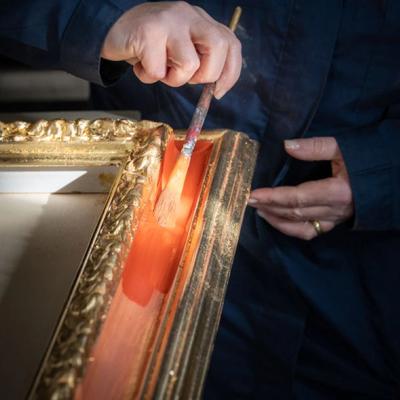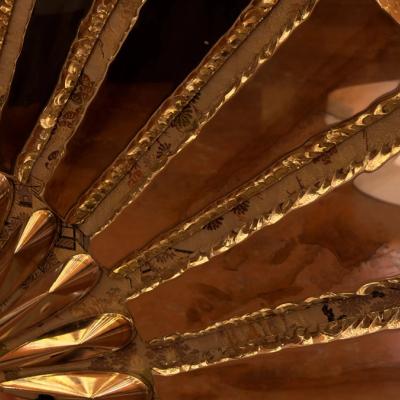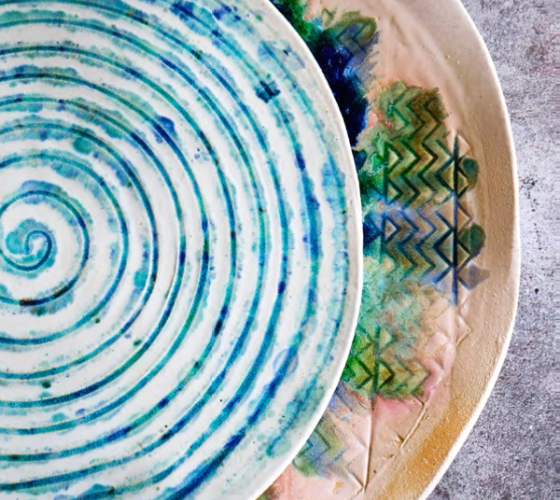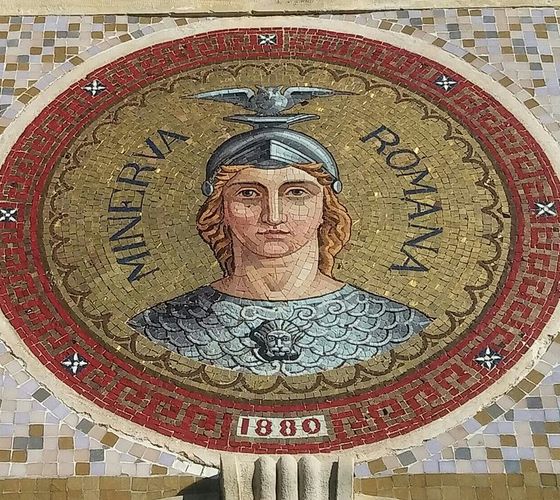
Exploring the Mosaic Art: The Ravenna vs. Spilimbergo Schools
The Legacy of Italian Mosaics
Italian craftsmanship has long been renowned for its ability to transform simple materials into stunning works of art. Mosaic, one of Italy's most ancient art forms, continues to captivate people worldwide. Two significant centers for mosaic art—Ravenna and Spilimbergo—have contributed vastly to this legacy, each shaping the craft in unique ways. In this article, we will explore the differences in history, style, and technique between the Ravenna and Spilimbergo mosaic schools, highlighting how both schools have maintained their place in luxury interior design and bespoke craftsmanship.
The Ravenna School: Historical Significance
Ravenna is known as the birthplace of classical Byzantine mosaics. The city gained prominence as a cultural center in the 5th century and became the capital of the Western Roman Empire. The influence of Byzantine art and architecture remains apparent in Ravenna’s mosaics, many of which can be seen in historical sites like the Basilica of San Vitale and the Mausoleum of Galla Placidia. The Ravenna school focuses on the preservation of these ancient techniques, making it a custodian of traditional mosaic art.
Techniques of the Ravenna School
The Ravenna method of mosaic-making is characterized by the use of tesserae made from glass, gold, and other semi-precious materials. These tesserae are often set into cement, creating large, elaborate compositions, with a clear emphasis on religious and monumental themes. One key feature of Ravenna mosaics is their focus on natural light and how it interacts with the materials used, creating a shimmering effect that enhances the visual impact.
The Spilimbergo School: A Modern Approach
In contrast to Ravenna, the town of Spilimbergo, located in northern Italy, has become a hub for modern mosaic art. The Scuola Mosaicisti del Friuli, established in 1922, is a globally renowned institution that teaches a more contemporary approach to mosaic making. While deeply rooted in Italian craftsmanship, the Spilimbergo school integrates modern artistic trends, offering a broader range of subjects, from abstract compositions to custom designs for private spaces.
Techniques of the Spilimbergo School
Spilimbergo mosaics often use a wide variety of materials, including stone, marble, and ceramics, alongside traditional glass tesserae. The school promotes experimentation with textures, colors, and forms, allowing for more fluid designs. Techniques like reverse mosaic are frequently employed, which involve the design being created upside down and later transferred onto surfaces like floors or walls. This allows for precise, durable installations, a hallmark in luxury interior design projects.
Key Differences in Style and Application
While both schools emphasize the bespoke and handcrafted nature of their works, their styles differ significantly. Ravenna’s mosaics maintain a strong link to religious iconography and classical representations, making them popular in the restoration of historical buildings and in religious settings. Spilimbergo, on the other hand, excels in versatility, with its mosaics appearing in modern architecture, public spaces, and even in custom home decor.
- Artistic Focus: Ravenna leans towards religious and monumental art, whereas Spilimbergo embraces modernity and a wider variety of themes.
- Material Use: Ravenna uses primarily glass tesserae, often incorporating gold and precious stones. Spilimbergo employs a mix of materials, from glass to marble, with a broader range of colors and textures.
- Techniques: The Ravenna method emphasizes intricate light manipulation, while Spilimbergo focuses on innovative methods like reverse mosaic and large-scale installations.
Influence on Contemporary Interior Design
Both schools continue to play a pivotal role in luxury interior design. The Ravenna method, with its timeless, classical aesthetic, is often chosen for luxury hotels, religious spaces, and restoration projects. In contrast, Spilimbergo’s flexible and modern approach is favored in bespoke interior design, where personalized, handcrafted pieces are integral to the space’s uniqueness. For high-end interiors, Spilimbergo mosaics can transform a room, turning floors, walls, and even furnishings into artistic masterpieces.
Craftsmanship and the Human Touch
One key element that unites both the Ravenna and Spilimbergo schools is the commitment to craftsmanship. Whether restoring centuries-old mosaics or creating contemporary bespoke designs, the hands-on, artisanal quality of Italian mosaics is always present. This dedication to craftsmanship makes these works not just decorations, but enduring symbols of Italian artistry and culture.
Two Schools, One Legacy
Though their approaches differ, both Ravenna and Spilimbergo have contributed immensely to the world of mosaic art. Each school, through its distinct methods and styles, continues to thrive in the realms of bespoke craftsmanship and luxury design. Whether you’re looking for the classical elegance of a Ravenna mosaic or the modern versatility of Spilimbergo, both schools offer unparalleled artistry that remains a testament to the enduring beauty of Italian design.







